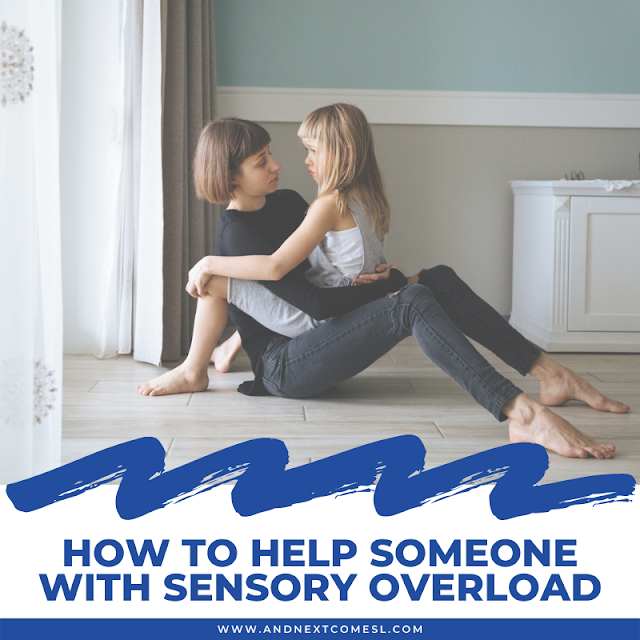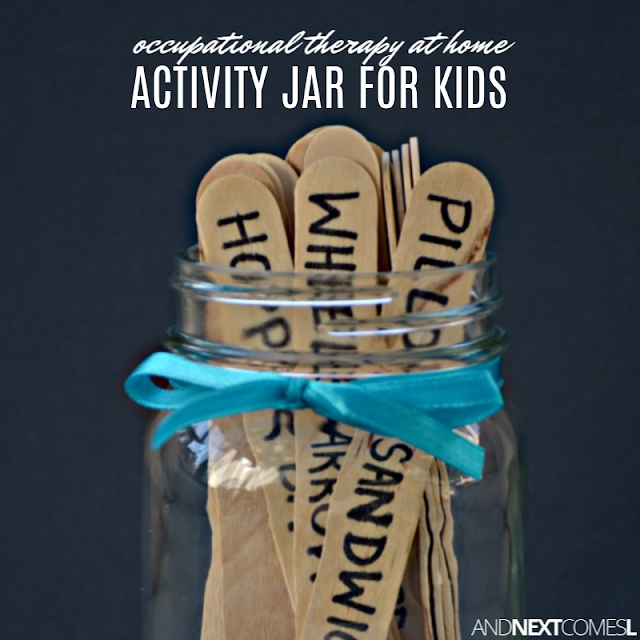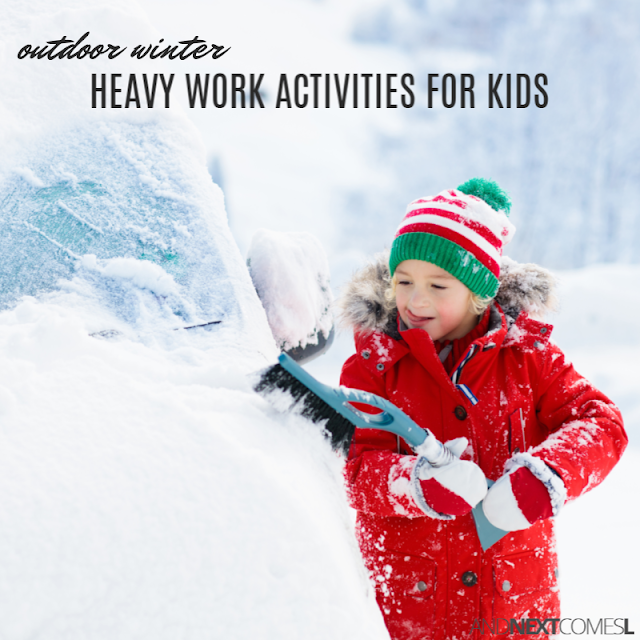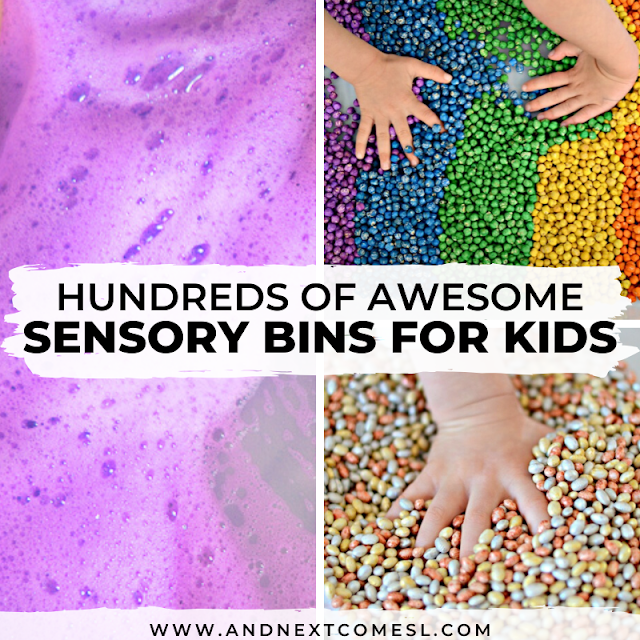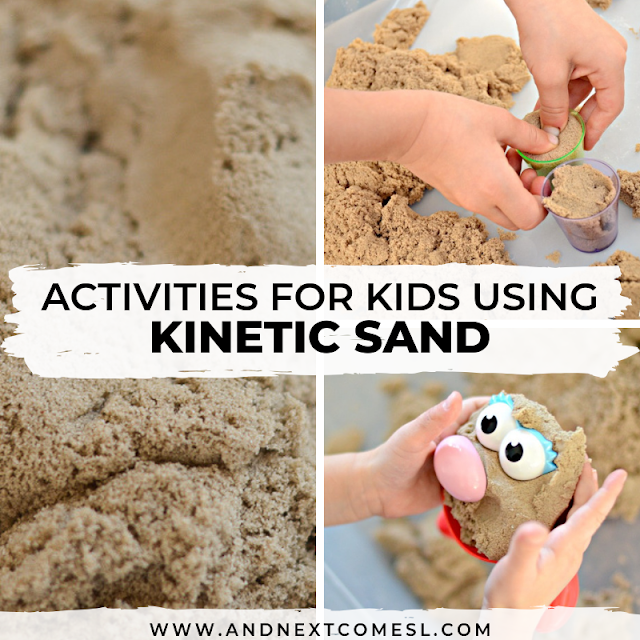When learning about hyperlexia and autism, it's also important to learn about sensory processing and sensory integration. After all, hyperlexic and autistic learners often have sensory sensitivities and challenges that you'll need to understand.
Actually, I think it's incredibly important that every single person (neurodivergent or not) learns about sensory processing because we all have different sensory needs and preferences.
I mean think about the smells you love or the fabrics you avoid. Consider the flavors of foods you can't stand or the textures you love to wear or snuggle up with. All of these make up our unique sensory profile.
So to help you make sense (pun intended!) of sensory processing, you'll find a huge collection of sensory processing resources below. While the following resources are geared mostly towards parents, they are useful for teachers, therapists, professionals, and non-parents as well.
So let's get ready to learn about the senses (all 8 of them!), how to support your child's sensory needs, create a sensory room, and so much more!
This post contains affiliate links. Basically, I make a small commission when you use these links, at no additional cost to you.
Sensory Processing Information & Resources
The resources in this section will give you a deeper understanding of sensory processing, sensory integration, and the different sensory systems. You'll discover what all it means, including common terms such as sensory diets, sensory input, stimming, and sensory overload.
You'll also discover specific information tailored to hyperlexic children and other environments, such as school. That way you'll have a better understanding of how your child's unique sensory profile impacts their day-to-day life.
-

HYPERLEXIA & SENSORY PROCESSING
-
EFFECTS OF SENSORY OVERLOAD
-
WHAT IS SENSORY INPUT?
-

WHAT IS A SENSORY DIET?
-

ALL ABOUT THE 8 SENSES
-

WHAT IS SENSORY OVERLOAD?
-

SIGNS OF SENSORY OVERLOAD
-

WHAT ARE SENSORY TRIGGERS?
-

SENSORY TRIGGERS IN THE CLASSROOM
-

HOW TO IDENTIFY SENSORY TRIGGERS
-

TALKING TO KIDS ABOUT SENSORY TRIGGERS
-

SENSORY PROCESSING PICTURE BOOKS
-

BEST BOOKS ABOUT SENSORY PROCESSING
-

WHAT YOU NEED TO KNOW ABOUT CHEWING
-

WHAT YOU NEED TO KNOW ABOUT STIMMING
Resources to Help Support Your Child's Sensory Needs
Once you have a better understanding of what sensory processing is and how it can impact your child, it's easier to know how to support them and their sensory needs.
In this particular section, you'll find practical tips and strategies for specific sensory preferences and challenges. Think of topics like chewing, meltdowns, clothing sensitivities, and more. You'll find additional resources, such as social stories and activity ideas, in the following sections.
Social Stories to Help Kids Better Understand Their Sensory Needs
Want to help your child better understand their own sensory needs? Well, that's where these social stories come in!
Each of these social stories uses full color photos and explains sensory processing and different strategies directly to the child.
Please note that there are additional social stories here that might also be helpful as various stories touch on sensory needs within their pages, even if the topic/title itself isn't sensory related in particular.
-

FREE LOUD NOISES SOCIAL STORY
-

FREE CHEWING SOCIAL STORY
-

CLOTHING SENSITIVITIES SOCIAL STORY (EDITABLE)
-

USING A WEIGHTED BLANKET SOCIAL STORY (EDITABLE)
-

WHEN THINGS THINGS SMELL TOO STRONG SOCIAL STORY (EDITABLE)
-

WHEN THINGS ARE TOO BRIGHT SOCIAL STORY (EDITABLE)
-
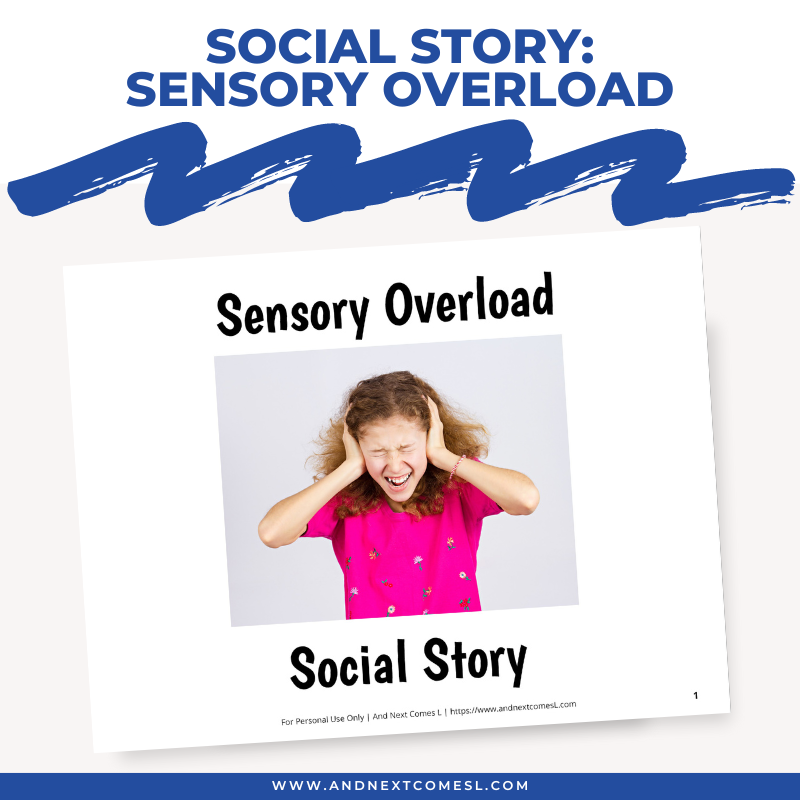
SENSORY OVERLOAD SOCIAL STORY (EDITABLE)
-
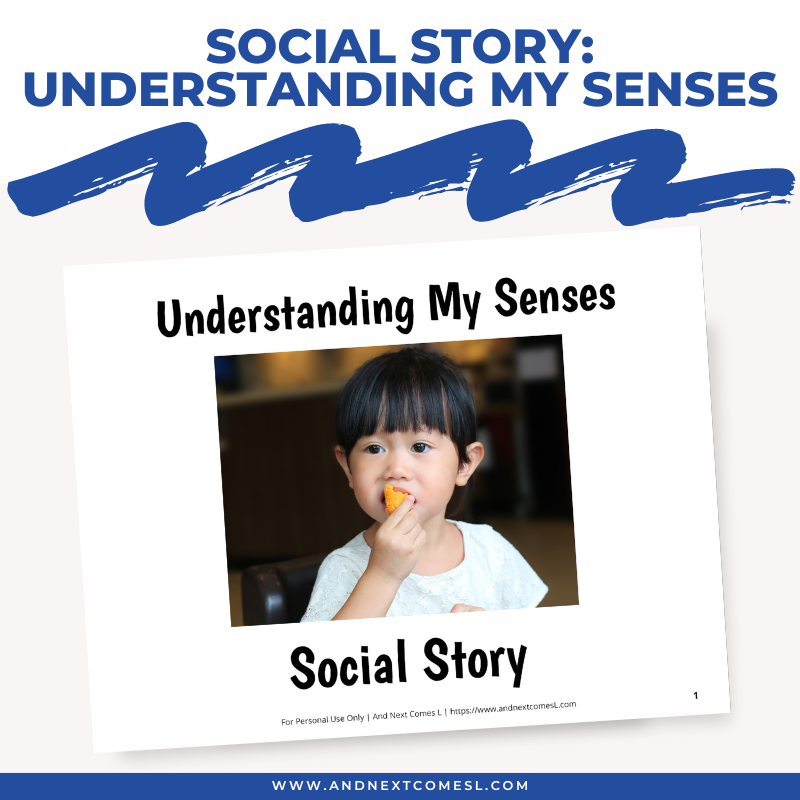
UNDERSTANDING MY SENSES SOCIAL STORY (EDITABLE)
-

SENSORY TRIGGERS SOCIAL STORY (EDITABLE)
-

MY SENSORY TOOLS SOCIAL STORY (EDITABLE)
-

USING A CALMING CORNER SOCIAL STORY (EDITABLE)
-

LISTENING TO MY BODY SOCIAL STORY (EDITABLE)
-

TAKING A SENSORY BREAK SOCIAL STORY (EDITABLE)
-

KEEPING MY CLOTHES ON SOCIAL STORY (EDITABLE)
Creating a Sensory Diet for Your Child
One of the best ways to support your child's sensory needs is to provide a sensory diet that's tailored to their unique needs. You can learn more about what a sensory diet is here.
The following resources can help you implement a sensory diet at home (or even at school!). Many of these resources include printable cheat sheets, which you'll likely want to keep handy.
All About Sensory Rooms for Kids
Another great way to support and meet your child's sensory needs is to create a sensory room or space right at home.
This section has everything you need to know about sensory rooms and how to go about setting one up at home for your child. You'll learn what a sensory room is and what the benefits are. You'll also get ideas and inspiration of what to include in your space. And, finally, you'll even learn how to make a sensory room on a budget because, let's be honest, sensory tools can be expensive!
All About Sensory Swings for Kids
Swings are a great addition to any sensory room or space in your house. This section goes over everything you need to know about sensory swings from what they are, the benefits, and how to install one in your home.
DIY Sensory Hacks for Your Child's Sensory Room
Now that you know what a sensory room is and what you might want to include, let's take a look at some sensory hacks that might be helpful to you. And maybe save a bit of money in the process.
Resources for Incorporating Sensory Play into Your Child's Day
Now, even if you don't set up a designated sensory room for your child or follow a specific sensory diet, you can still incorporate lots of sensory play into your child's day.
This section includes tips for getting started with sensory play, as well as lots of sensory bin inspiration. There are tons of different sensory activities on this blog. After all, I started this blog off by writing about sensory play ideas. Here are some great starter resources for anyone new to sensory play and/or sensory bins.
Sensory Activities by Type of Sensory Input
Perhaps your child craves a certain type of sensory input. For instance, they might jump on the couch, chew on their shirt sleeves or collars, hang upside down, or spin without ever getting dizzy.
If that's the case, then you might find it helpful to browse through our large collection of activities by a specific sensory system or type of sensory input.
You'll find everything from light table activities and sensory bottles to emotion activities and scented sensory play. You'll also find DIY sensory swings, jumping activities, slime recipes, balance activities, and so much more!
-

SEE ALL AUDITORY SENSORY ACTIVITIES
-

SEE ALL OLFACTORY SENSORY ACTIVITIES
-
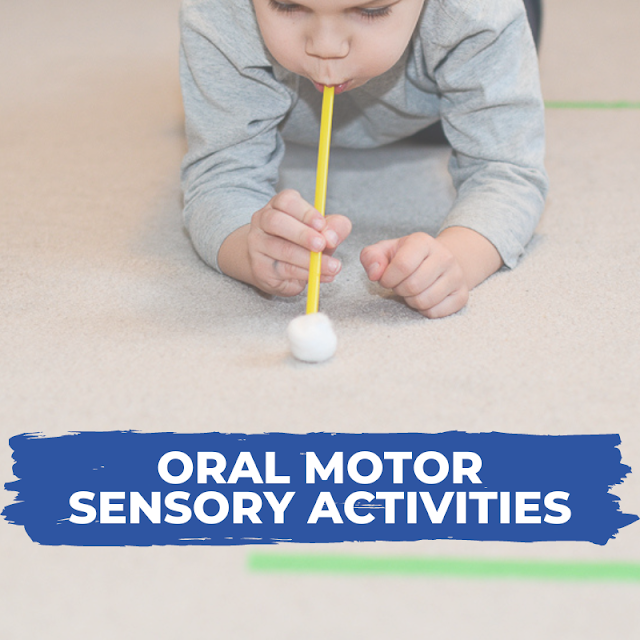
SEE ALL ORAL MOTOR SENSORY ACTIVITIES
-

SEE ALL PROPRIOCEPTIVE SENSORY ACTIVITIES
-

SEE ALL TACTILE SENSORY ACTIVITIES
-
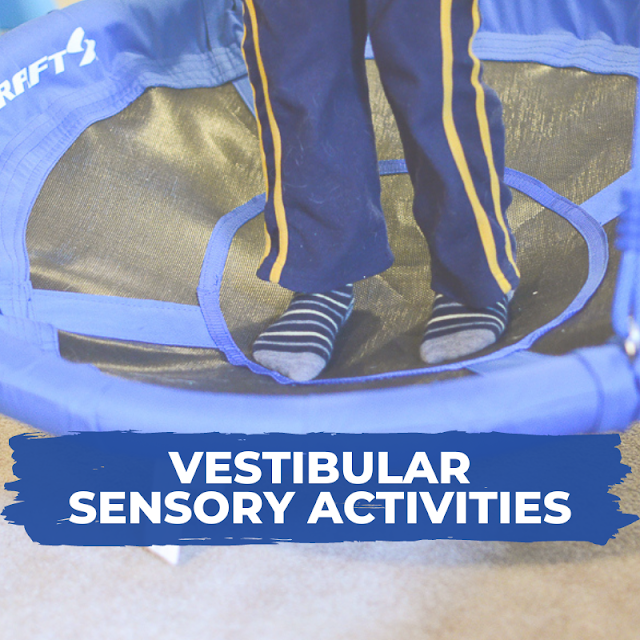
SEE ALL VESTIBULAR SENSORY ACTIVITIES
-

SEE ALL VISUAL SENSORY ACTIVITIES
-
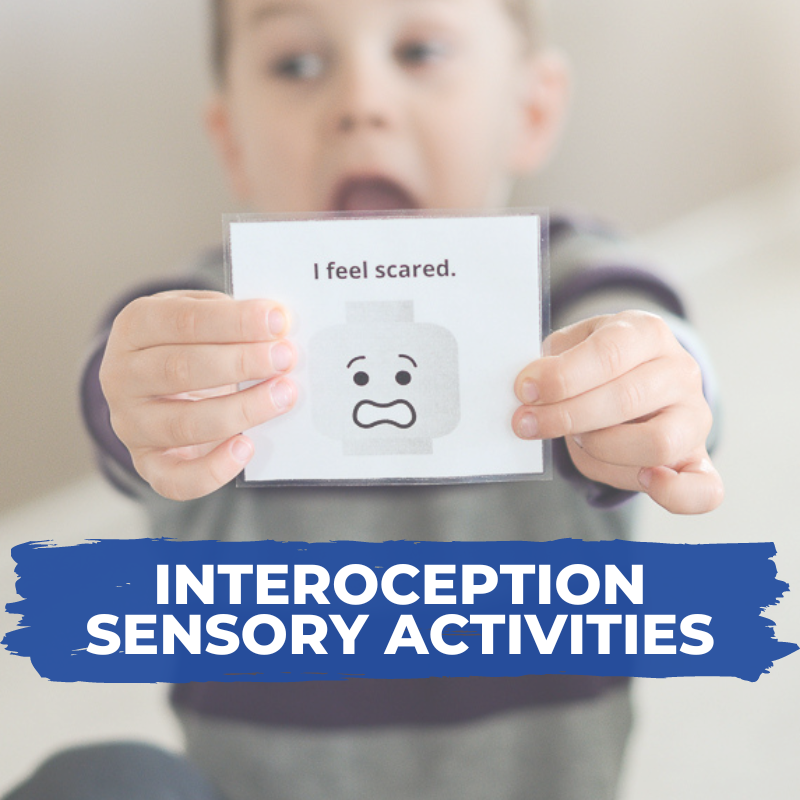
SEE ALL INTEROCEPTION SENSORY ACTIVITIES
-
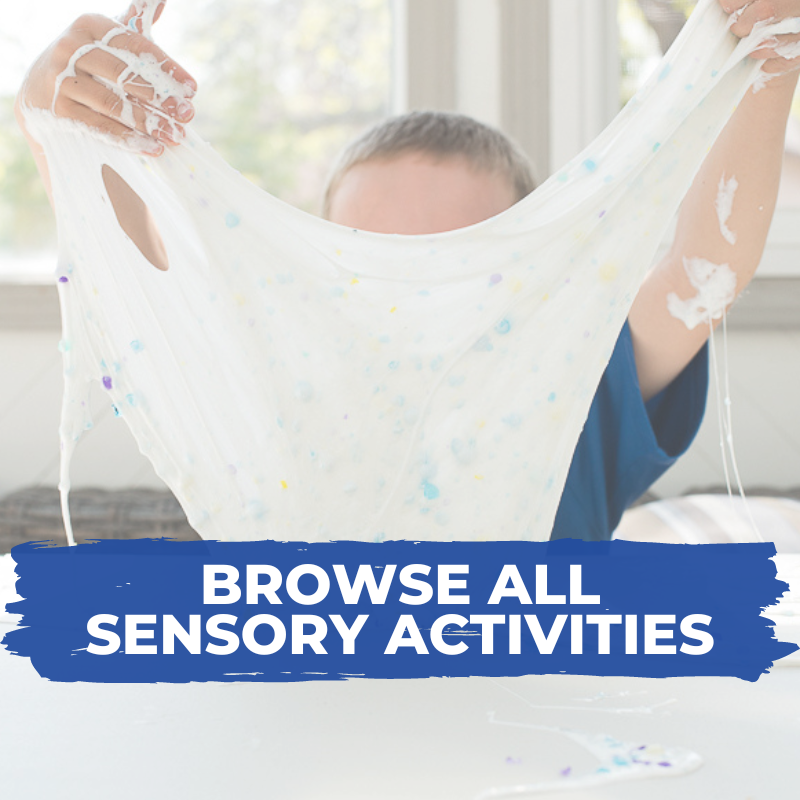
SEE ALL SENSORY ACTIVITIES
Sensory Tools, Tips, & Resources
Now, perhaps you're looking for specific types of sensory tools to help meet your child's needs. Well, these resources will help ensure your child's sensory needs are being met by showing you different types of tools for different types of needs. These tools can be used at home, at school, or on the go.
I know it can be overwhelming learning about sensory processing and sensory integration, at first. But, hopefully, these sensory processing resources can be a helpful starting point for you, whether you're just learning the basics or are looking for ways to create an individualized sensory diet for your child.




